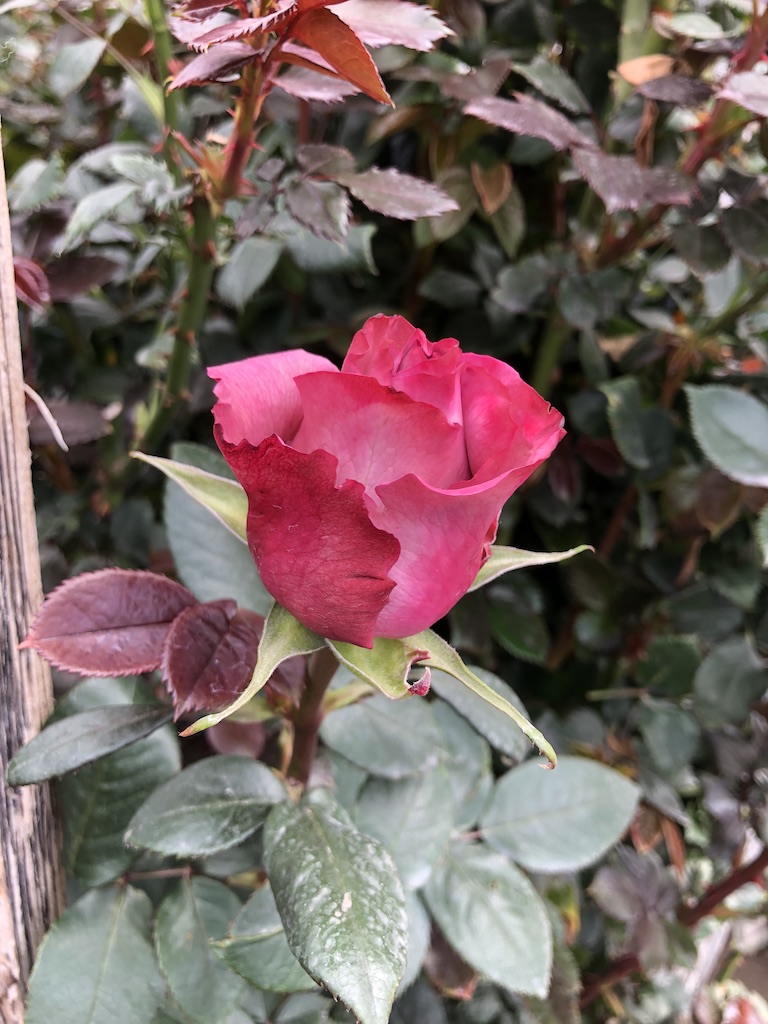Valentine’s Day is almost upon us and in my part of the world, roses and chocolates are common gifts on that day. If you’re buying or receiving long stemmed roses in Canada and the United States, chances are the roses come from Cotopaxi in Ecuador.
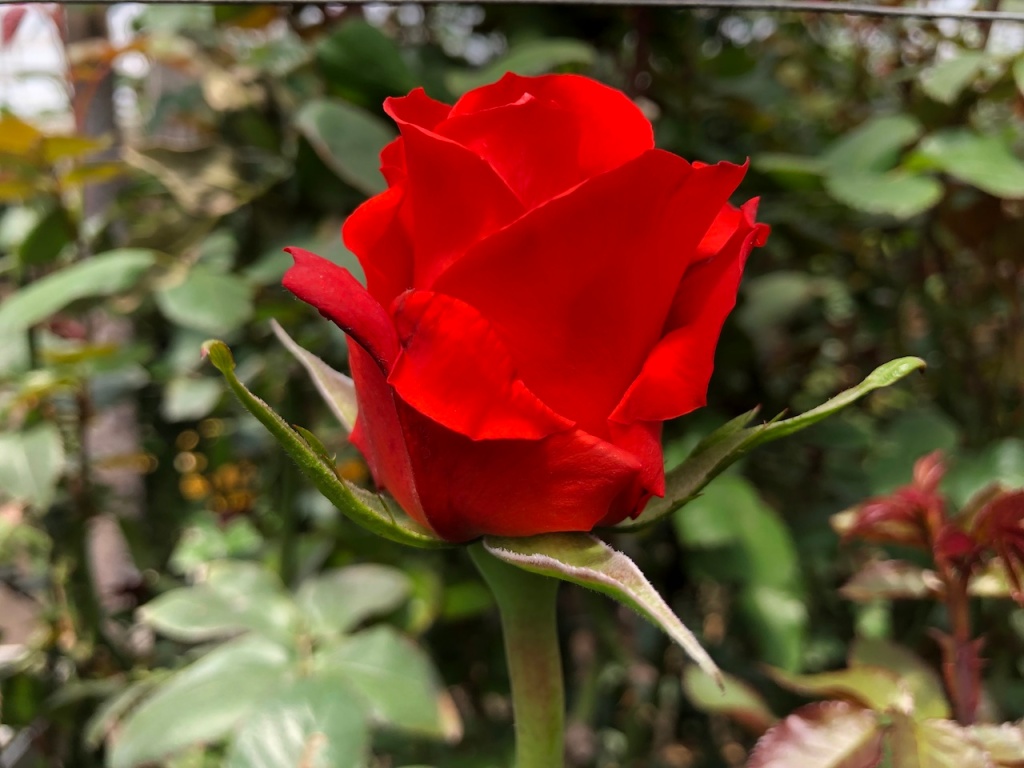
Where is Cotopaxi?
Cotopaxi is one of South America’s most famous volcanoes and one of its most active ones. It’s located 60 km south of Quito and is within the famous “Avenue of Volcanoes” in Ecuador, a long stretch of 320 km (200 miles) comprised of tall peaks and volcanoes.
At the base of Cotopaxi volcano, there are many rose plantations or rose farms (seen as white buildings in the photo below). My sister and I took a walking tour in one of the plantations and learned how Ecuadorian roses are cultivated and exported to other countries around the world.

Why Roses Thrive in Cotopaxi?
- Climate: Ecuador has the perfect conditions for growing roses. Ecuador is right on the Equator which means constant temperatures year round. During the day, it is around 20C (68F) and during the night, it cools down to 4C (39F).
- Altitude: The roses grow in Cotopaxi at about 3000 meters (10,000 feet) above sea level. The intensity, luminosity, and the 12 hours of sunlight ensure the roses grow beautifully.
- Volcanic soil: The soil in Cotopaxi is rich in minerals, allowing the roses to grow very tall with thick, strong stems, the largest blooms, and in the most vibrant colours.
What Does a Rose Plantation Look Like?
A rose plantation has many rows of white plastic-covered houses. Inside each house, many rows of Ecuadorian rose varieties grow more than 2 meters (6.5 feet) tall.

Automated irrigation and heating systems control the temperature and relative humidity to ensure the optimal conditions for the plants. The rose buds are kept in perfect shape with nets.
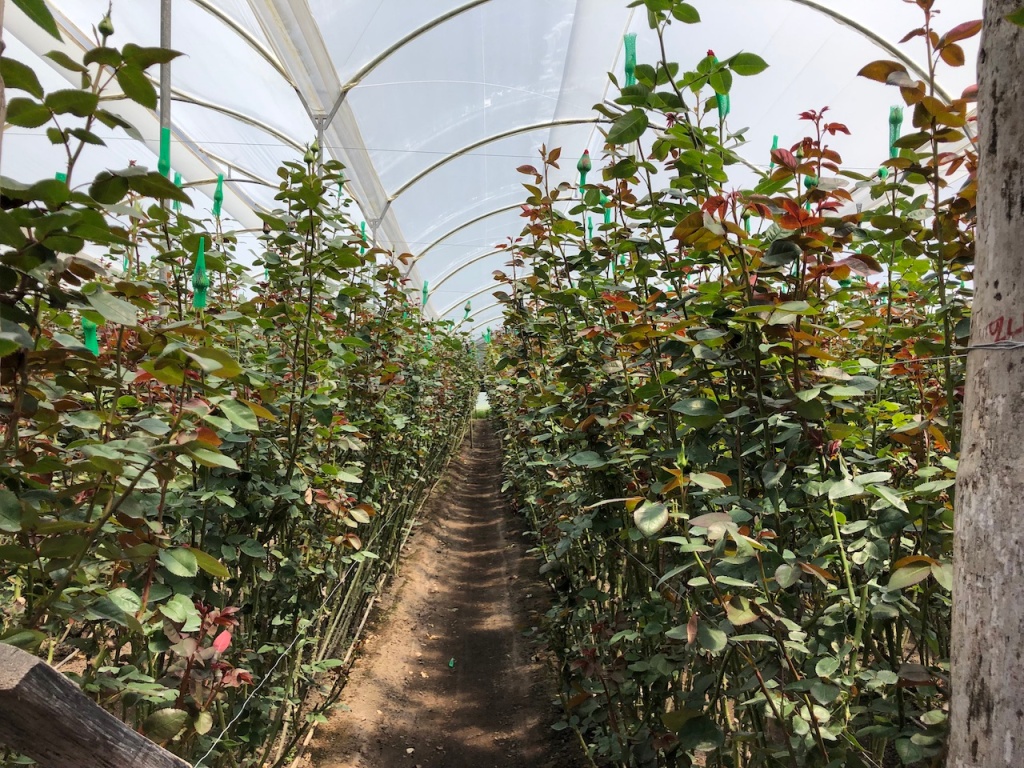
There are about 500 rose varieties in Ecuador. The rose plantation that we visited offers about 40 varieties. I attach a sample of six different roses here.
Once the roses are ready for harvest, they’re cut and placed in a pre-cool area where the outdoor heat is removed from the flowers as they arrive from the field, swiftly halting the opening of the flowers.
Next, the roses are placed in containers in a large hydration and packing cold room where temperature is kept between 0.5°C and 2°C guaranteeing quality prior to shipping. Rose production and international shipments are planned in time for special holidays such as Valentine’s Day and Mother’s Day.

How Are Roses Used Locally?
Roses are sold in local markets or flower stands along the roads for a very inexpensive price. They are also given as complimentary gifts to visitors at the plantation. The local haciendas have rose arrangements in their reception areas and some give a long-stemmed rose to welcome their guests upon arrival.
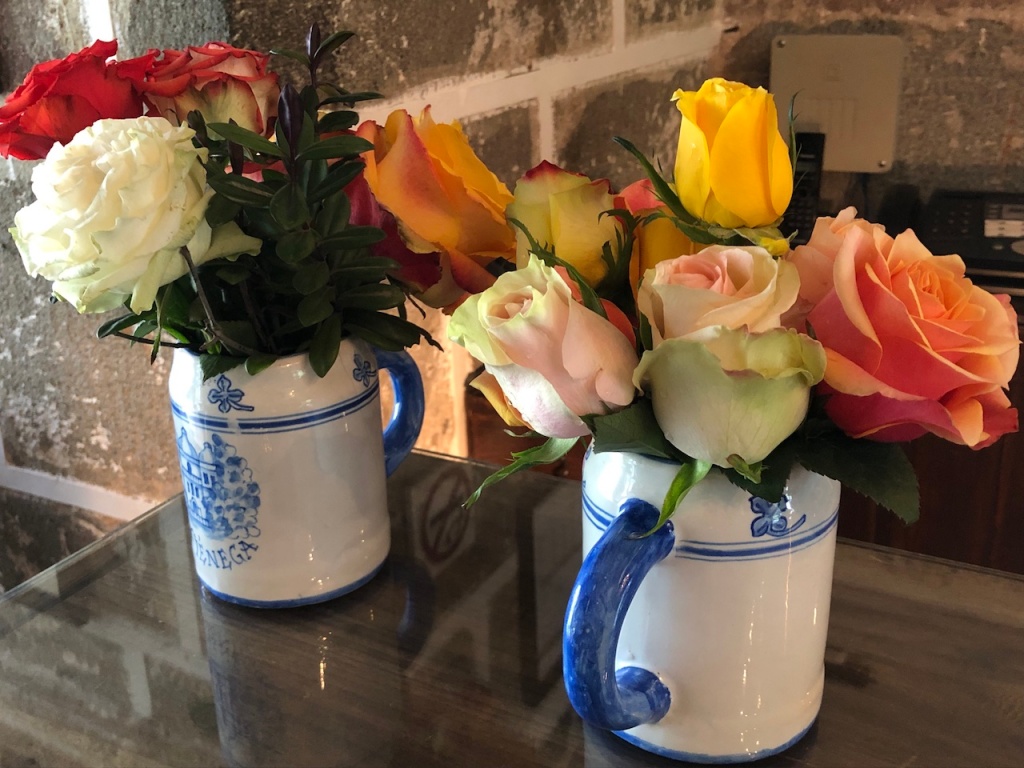
Some hotels have more formal flower arrangements and gorgeous fresh roses on display, like this hotel in Quito.

Where To Buy Ecuadorian Rose Souvenirs?
The souvenir shop on the plantation site sells all kinds of rose products. For example, dyed roses, dry rose petals, rose-scented lotion, rose-flavoured tea, and since Ecuador also produces cacao, rose-infused chocolates as well.
A popular store chain named República del Cacao has locations in Quito, at Quito international airport and in major cities where you can buy Ecuador chocolates, cacao products, Panama hats, rose-related souvenirs, etc.
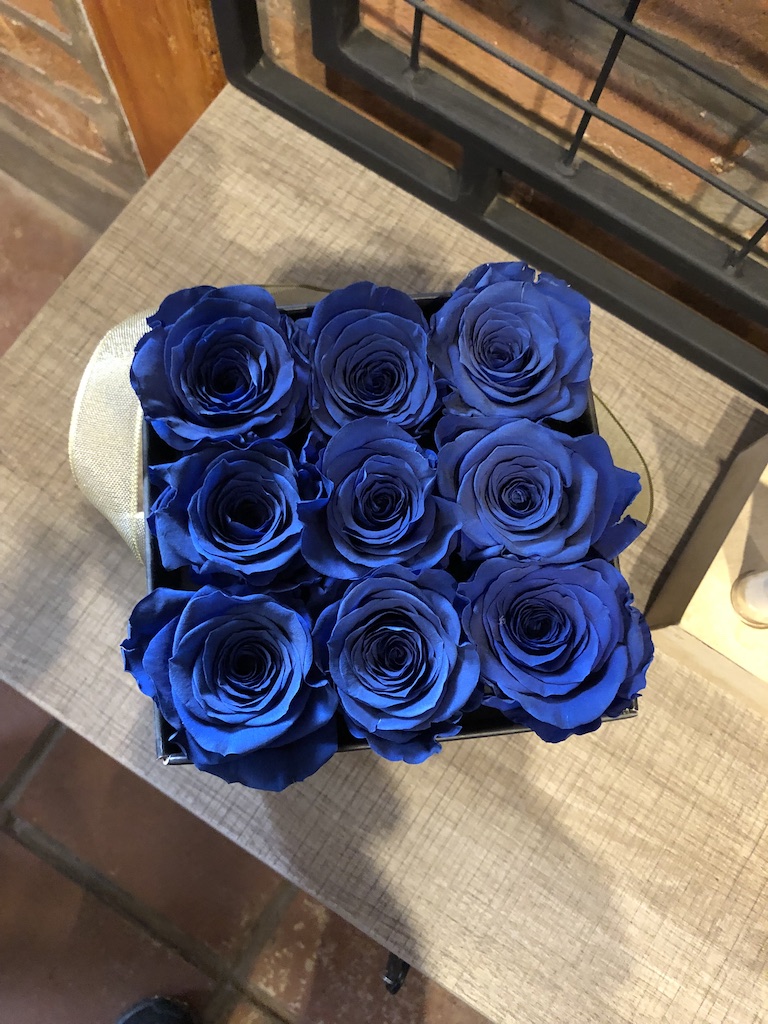
It was a real treat to walk among the beautiful Ecuadorian roses and receive them so freely during our stay in this area of Ecuador. I’m closing this post with a photo of a cute pair of llamas that we saw upon leaving the rose plantation.
Happy Valentine’s Week!

Copyright © 2024 natalietheexplorer.home.blog – All rights reserved.





